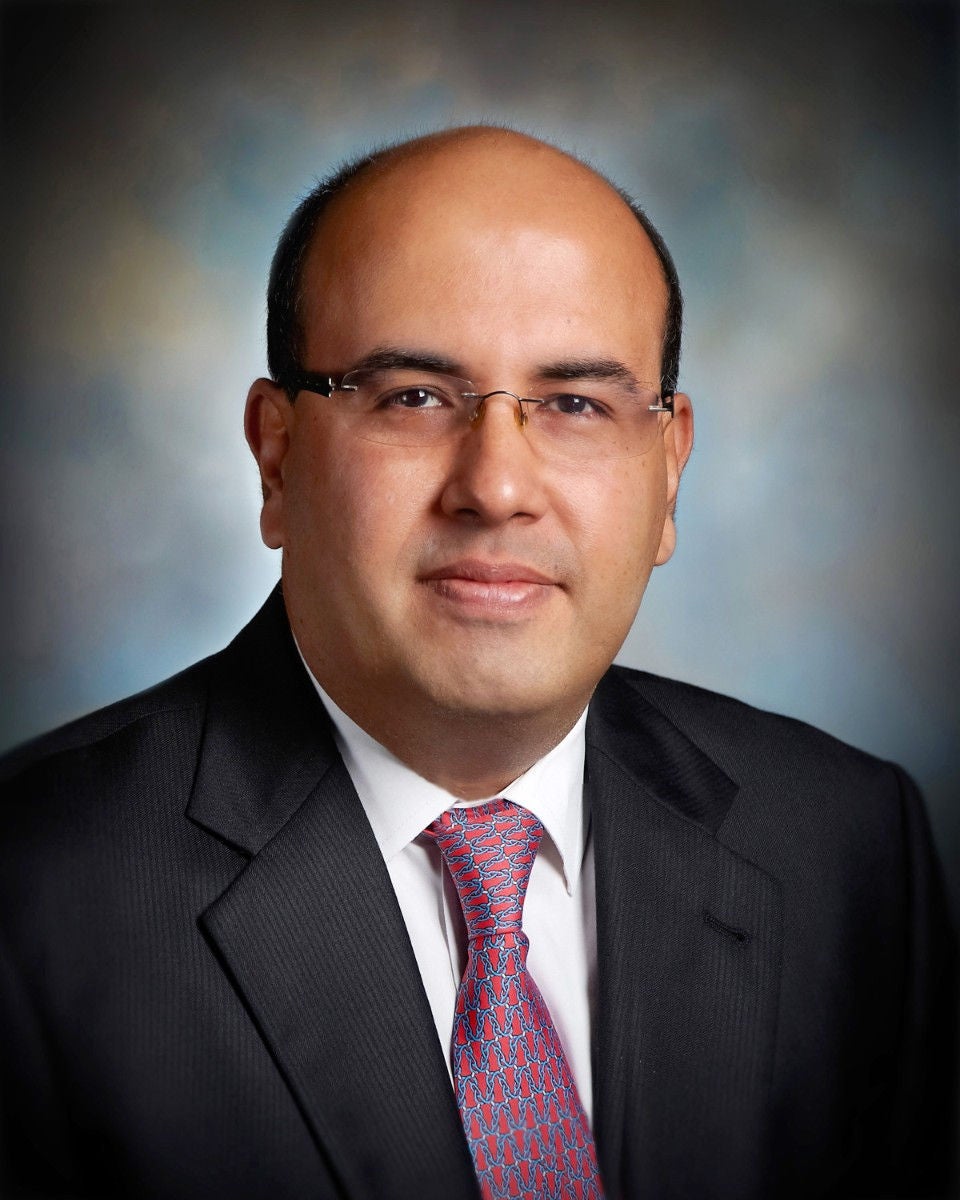Q: Kellogg leadership talks a lot about balanced growth. What do you mean by this and what are the major levers the company is pulling to maximize balanced growth?
It’s great to sit down with you today.
You’re right to pick up on the term ‘balanced growth.’ When we talk about balanced growth, we’re referring to growing both our top and bottom line — and we’re doing that on a two-year basis. Kellogg is back on a path of consistent, balanced financial delivery.
Guiding us to balanced financial delivery is an operating model we call the Deploy for Growth Gears. They are, literally, a set of gears on a slide where each cog represents a different metric, ranging from volumes, net sales, brand investments and more on the ‘profit growth’ gear to core working capital, capital expenditures, cash conversion and more on the ‘cash growth’ gear. The visual provides our entire organization with critical metrics to target, monitor and course correct on to keep the gears turning.
We’re driving top-line growth through our world-class brands, with our brands continuing to outpace their categories’ consumption growth on a two-year basis. At CAGNY, we talked about the growth trajectories of several of our beloved brands, including Pringles, Cheez-It, Pop-Tarts, Rice Krispies Treats, Eggo and MorningStar Farms. We’re growing these brands in a number of ways, including geographic expansion into new markets, new innovations and new marketing activations too.
In addition to driving top-line growth, we’re focused company-wide on margin improvement and converting earnings into cash flow. We’ve refreshed and enhanced capabilities and processes aimed at boosting margins and returns on investment. We’ve greatly enhanced our capabilities in revenue growth management, in particular, over the past few years, taking a much broader and more data-driven approach. Those capabilities turned out to be particularly valuable as we and every other business started facing unprecedented cost pressures last year.
Q: Top of mind for many company leaders today are the challenges of supply disruptions, high inflation and changing consumer preferences. How does Kellogg manage the duality of resiliency and growth in this environment?
Our strategy, Deploy for Balanced Growth, is working for us — even in today’s environment. In fact, it helps us be flexible to what’s going on in the world around us and take both a short- and long-term view.
It’s true we’re operating in a business environment like none other in our careers. The COVID pandemic persists, global bottlenecks and shortages are disrupting supply chains, and cost inflation is at the highest levels in a long time.
As our Chairman and CEO Steve Cahillane said at CAGNY, our growth strategy has guided us well through the challenges. It provides a mindset, a prioritization of actions and the ability to pivot to changing conditions. To give you just one example, one of the elements of our growth strategy is a focus on occasions — in other words, where and when consumers are eating. We have been effective at pivoting our innovations and marketing around occasions, even as new occasions arose during the pandemic — for instance, as grazing and snacking became even more prevalent when more people started working from home. Jumbo Snax is one of our innovations that took cereal and brought it into a snacking occasion.
Q: Kellogg’s evolution from a domestic cereal company to a global snack brand is an important part of the company’s story. Explain this evolution and how the finance function transformed to support it.
We titled our CAGNY presentation, The Proof is in the Portfolio. That was a purposeful decision. We focused the discussion largely on our portfolio, which we’ve reshaped toward growth — more than some investors realized.
Our fate today isn’t dependent on US cereal. In fact, cereal in all of North America makes up a little more than 15% of our portfolio. By comparison, developed market snacks make up 40% of our portfolio.
Our transformation over the past decade has been dramatic and finance has played an active role to support it. As a global finance function, our purpose is to be a team of business partners creating value every day. We’ve helped change the shape of our portfolio through acquisitions, divestitures and resource allocation. The company has gone from a cereal-oriented portfolio to one today that is decidedly weighted to snacks, and with a new portfolio segment — Noodles & Other — which also directly adds to our emerging-markets exposure.
Q: Speaking of building a more global footprint, a core part of Kellogg’s growth strategy involves investing in emerging markets. What is different about Kellogg’s view of emerging markets and their ability to drive shareholder value?
Emerging markets are a big strategic focus for Kellogg. This is one of the key areas that I touched on during our CAGNY remarks.
Emerging markets represent almost 25% of our net sales, more than most of our peers. Some of our portfolio’s most important growth drivers are heavily indexed in emerging markets — for example, noodles.
Our emerging markets feature the most population growth, and with rising disposable incomes that can increasingly afford Western-style packaged foods. What energizes me in particular is that we have geographic diversification covering key growth regions — across Latin America and Asia and into the most emerging of markets, Africa.
Q: Where do you see the most opportunity for growth in the emerging markets and why?
Our investment in Africa excites me, especially having been so close to the opportunities there while I was leading our AMEA [Asia-Pacific, Middle East and Africa] region prior to becoming CFO.
Our Africa business has strong footholds in the largest and most populous markets of the continent: South Africa in the south, Egypt in the north and, most significantly, Nigeria in the west. From these footholds, we not only have thriving cereal and snacks businesses. As I mentioned, we also have a significant presence in noodles — which continue to grow in popularity and are eaten throughout the day.
In emerging markets, go-to-market capability is often the most important competitive advantage. Nowhere is this advantage more evident than in West Africa, where we have a consolidated ownership stake in Multipro. Multipro is a distribution and sampling powerhouse, distributing and marketing Kellogg and other companies’ consumer products in Nigeria and Ghana, and generating about $1 billion in sales for us. Importantly, it manages through dynamic economic and political conditions regularly and keeps on growing. Its growth has consistently been in the high single digits or double digits since we consolidated it in 2018.
You can see why we’re so confident in our ability to continue generating high growth in Africa over time.
Q: What is your top advice for CFOs to execute a balanced growth agenda in a challenging, rapidly changing environment?
Personally, I’ve benefited greatly from the perspectives I gained in a general management role, leading our AMEA region. I often encourage finance leaders who aspire to be CFOs to get experience in general management roles. It gives us another lens for decision-making as finance professionals.
Related to that, as a CFO, I take my responsibilities to foster talent and build an effective team very seriously. At Kellogg, we like to say people are our competitive advantage. In that vein, finance teams that are diverse — in terms of race, geography and experience — are the recipe for growth and position us to respond to a variety of challenges and seize a myriad of growth opportunities.
Defining a clear path to balanced growth and engaging not only the finance team but the entire organization around it, as we did with our Deploy for Growth Gears, has also proved invaluable. I smile every time a colleague pulls up the gears slide in a conversation.
The views expressed by the author are not necessarily those of Ernst & Young LLP or other members of the global EY organization.







